When you think about your living room setup, you probably imagine a straightforward equation: couch plus remote plus streaming service equals entertainment time. Google is reportedly working on flipping that script, turning your TV from a passive screen into something closer to a personal AI film studio. Why TV interfaces? Because the living room is where families gather, a natural spot for voice-first creative tools that do not require technical expertise.
This is not another tiny smart TV tweak. It is a shift toward what industry analysts call "ambient creativity," where making something feels as natural as talking. The push centers on integrating Google's video generation capabilities directly into Google TV interfaces, moving us into territory where you are not just watching. You are stepping into a new ecosystem in which TVs become creative studios, educational hubs, and personalized content generators.
The core feature driving this transformation is called Sparkify, which was first announced at Google I/O 2025 and represents Google's ambitious attempt to democratize professional-grade video creation tools. Instead of pricey software and years of training, you describe what you want to see and let the system go to work.
What exactly is Sparkify and how does it work?
Here is where the technology gets genuinely impressive. Sparkify serves as the intelligent engine that transforms user prompts into AI-generated videos by leveraging Gemini and Veo technologies, and what sets it apart is its feel for creative intent. Think of it like a collaborative film partner living in your television. It listens to what you ask for and grasps the vision behind the request.
The technical architecture points to deep creative control. Code analysis has uncovered references to features like "scene style," "visual style," and "describe your idea" options, indicating that users will have granular control over video generation settings. You are not stuck with generic outputs; you can call for cinematic styles, lighting moods, camera angles, even emotional tone.
Conversation bridges the gap between vision and execution. Instead of wrestling with editing timelines, you talk to the TV. Say, "create a cozy morning scene with soft lighting and gentle jazz music," and the system tracks the visuals and the vibe. It understands atmospheric qualities that make a scene land emotionally. Suddenly, video creation stops feeling like software and starts feeling like storytelling.
The bigger picture: Google's TV transformation strategy
This capability is one piece of Google's broader plan to bring conversational computing to the couch. The company has already begun integrating Gemini AI into Google TV, replacing traditional Google Assistant with more conversational, context-aware capabilities. The result is a different relationship with your screen, one based on understanding rather than commands.
That shift shows up in the questions you can ask. Try, "recommend something for me and my partner with different taste preferences," and the AI understands these nuanced requests to provide tailored suggestions. Ask, "What is that new hospital drama everyone is talking about?" and you can get recommendations with plot summaries and viewing context.
Google's ambient intelligence vision also leans into lifestyle. The company is experimenting with environmental awareness features, including a nudge system that detects when viewers have fallen asleep while streaming. It hints at TVs that slot into the smart home, noticing routines and adapting, dimming lights, adjusting temperature, or easing into ambient mode when sleep is detected.
This integrated approach sets up a clear contrast with emerging competition. Samsung and LG have announced integration of Microsoft Copilot into their smart TVs, but Google's blend of creation, discovery, and environmental intelligence suggests a more holistic vision of the living room. This integration strategy could help Google maintain its dominance in the Android TV ecosystem and multiply the ways people engage.
The technology powering the revolution
The foundation for this transformation lies in Google's Veo 3 technology, a leap in AI video generation capabilities. It is not just about moving images. Veo 3 produces 4K videos with synchronized sound effects, ambient noise, and dialogue, content that can rival professional productions in both visual and audio quality.
What stands out is its grasp of cinematic principles. Veo 3 maintains visual uniformity and coherence in lighting, art direction, and emotional tone, so results feel cohesive instead of stitched together. It can simulate complex camera movements like panning, tilting, and zooming, which brings polished cinematography to user-generated clips. A family recapping a vacation can get clean transitions and confident camera work without learning the craft.
Training helps explain why the output feels natural. Veo 3 has been trained on large-scale datasets of natural language and complex motion patterns, so it understands explicit instructions and implied creative intent. Ask for a "dramatic sunset scene" and it reads the weight of "dramatic," then pushes color, clouds, or angles to match the mood.
For TV integration specifically, this stack enables real-time responsiveness that keeps the process conversational, not technical. You can iterate like a director in the room, saying things like "make it more mysterious" or "add some movement to the background," and the system follows, no jargon needed.
What this means for the future of home entertainment
The implications extend beyond one-off projects into how families engage with media and technology. TVs could shift from being just screens to interactive creative hubs, opening up new forms of family bonding through collaborative storytelling, educational exploration, and everyday expression. Picture grandparents crafting personalized story videos for grandchildren, or families documenting celebrations with cinematic polish that used to be reserved for professionals.
From a market angle, this positions Google to capture value from the expanding AI content creation sector. The AI content creation market is projected to grow at 17.58% CAGR through 2032, and bringing these tools into the living room creates a distinct advantage. Big screens, shared spaces, a relaxed mindset on the couch, all of that favors collaboration and frequent use over desktop software habits.
The competitive stakes shift too. While other technology companies focus on integrating general AI assistants into their TV platforms, Google's content creation approach could establish entirely new usage patterns. Instead of choosing a set based on streaming access or interface design, buyers may weigh creative capabilities.
Right now, these transformative features remain in controlled testing phases. Sparkify and Gemini's integration are still in limited testing, with broader deployment planned throughout this year. The staged rollout points to a focus on quality and user experience over speed, a smart move when first impressions will shape adoption.
Where do we go from here?
The convergence of AI and television is bigger than another feature drop. It signals the rise of "creative ambient computing," where powerful capabilities fade into daily life. Start with simple video creation from the couch, end up with an ecosystem that supports everything from educational content to family storytelling traditions that last.
Google intends to expand support to more models later this year, and the larger story points toward a shift in how technology serves creativity. Instead of people contorting to fit complex software interfaces, systems bend toward human process, reading intent, welcoming iteration, and clearing the path for expression.
For consumers, the promise is not only professional-quality output, it is creative confidence. When you can produce something polished by simply describing it to your TV, the wall between vision and execution crumbles. The question is not whether AI will transform our living rooms. It is how we will adapt to that new potential sitting a few feet from the couch, and what fresh forms of expression and connection appear when creativity feels as casual as conversation.




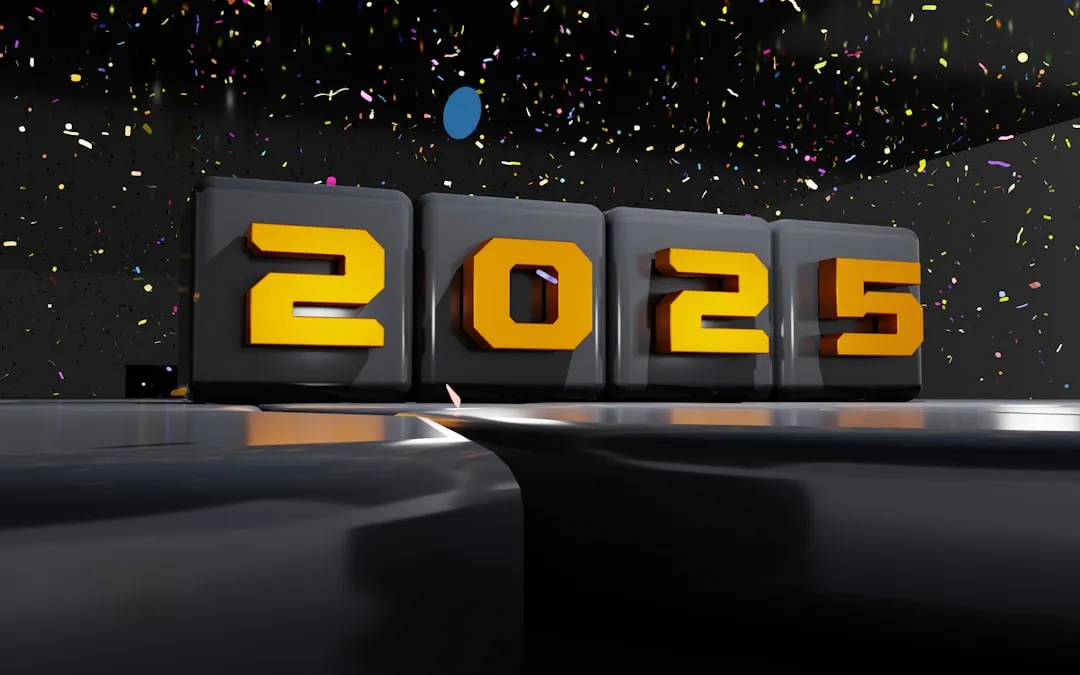
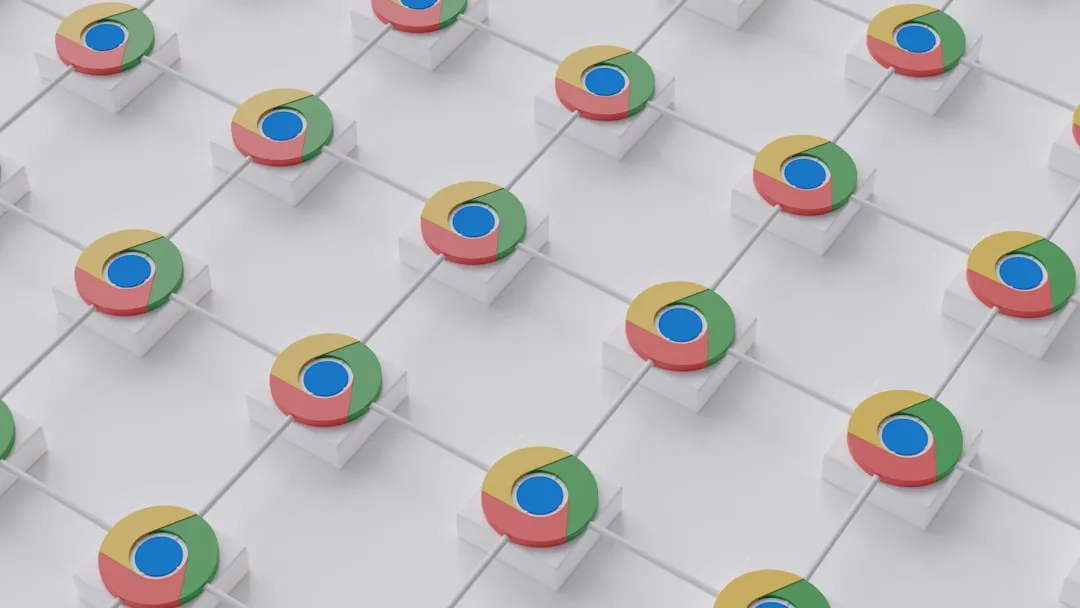
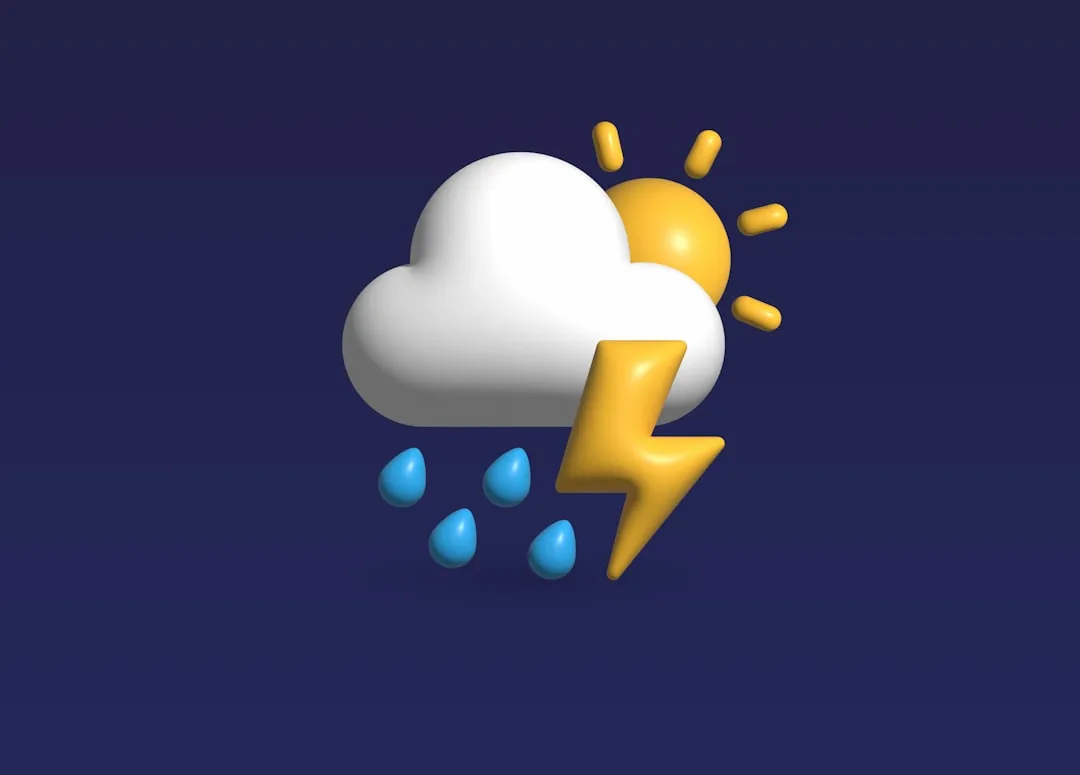
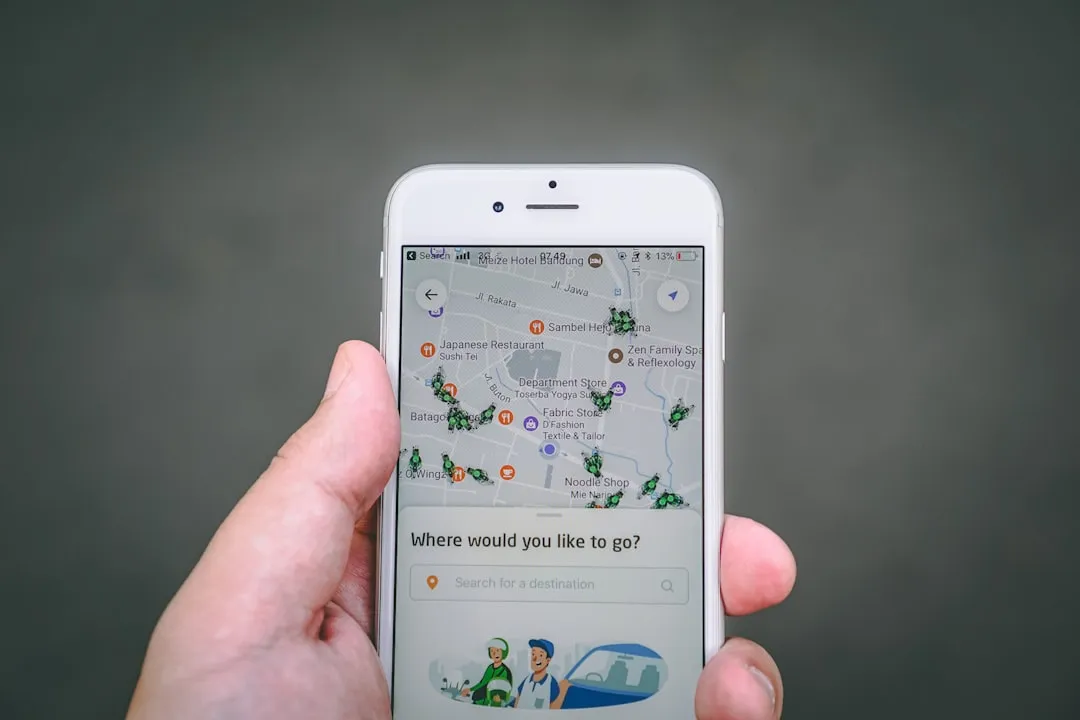
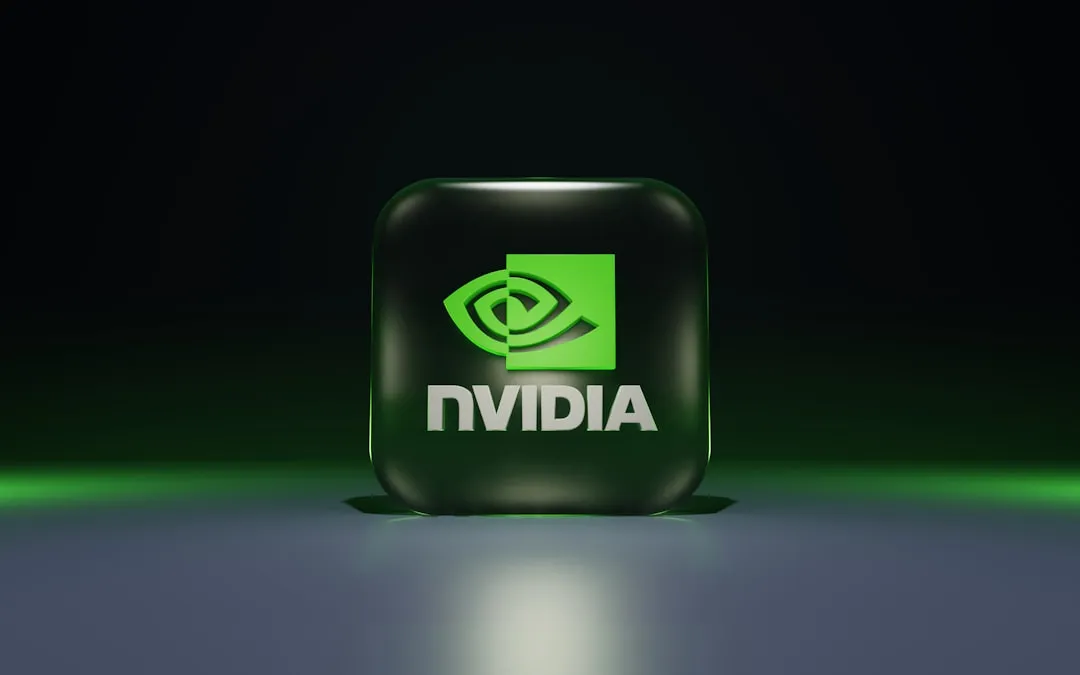

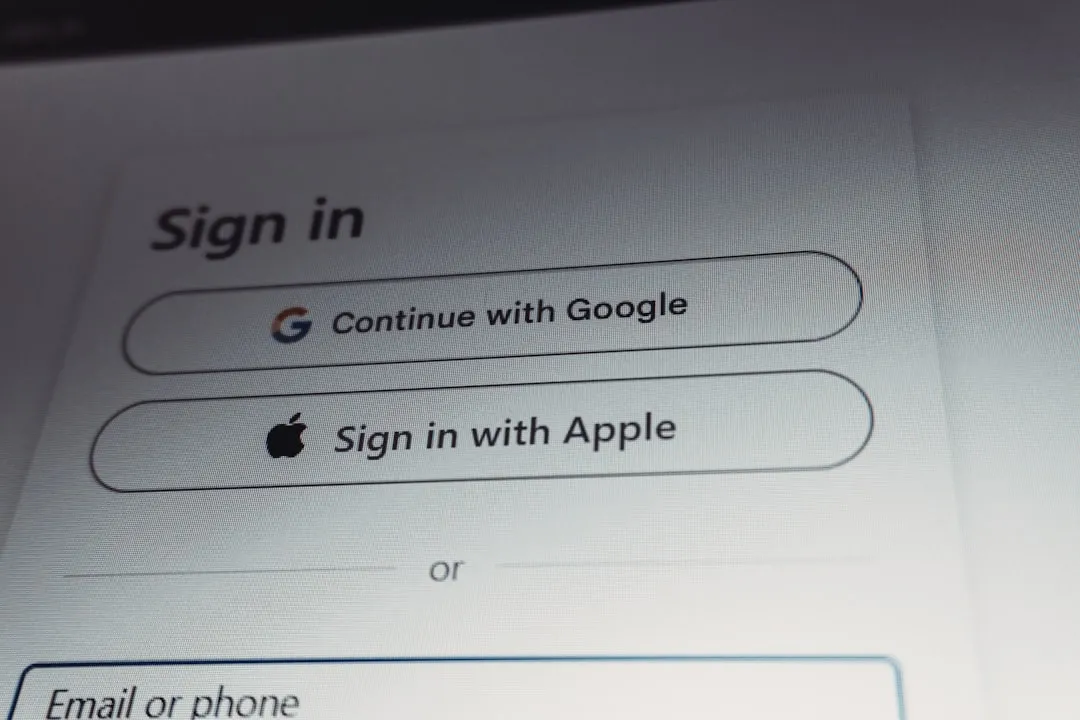
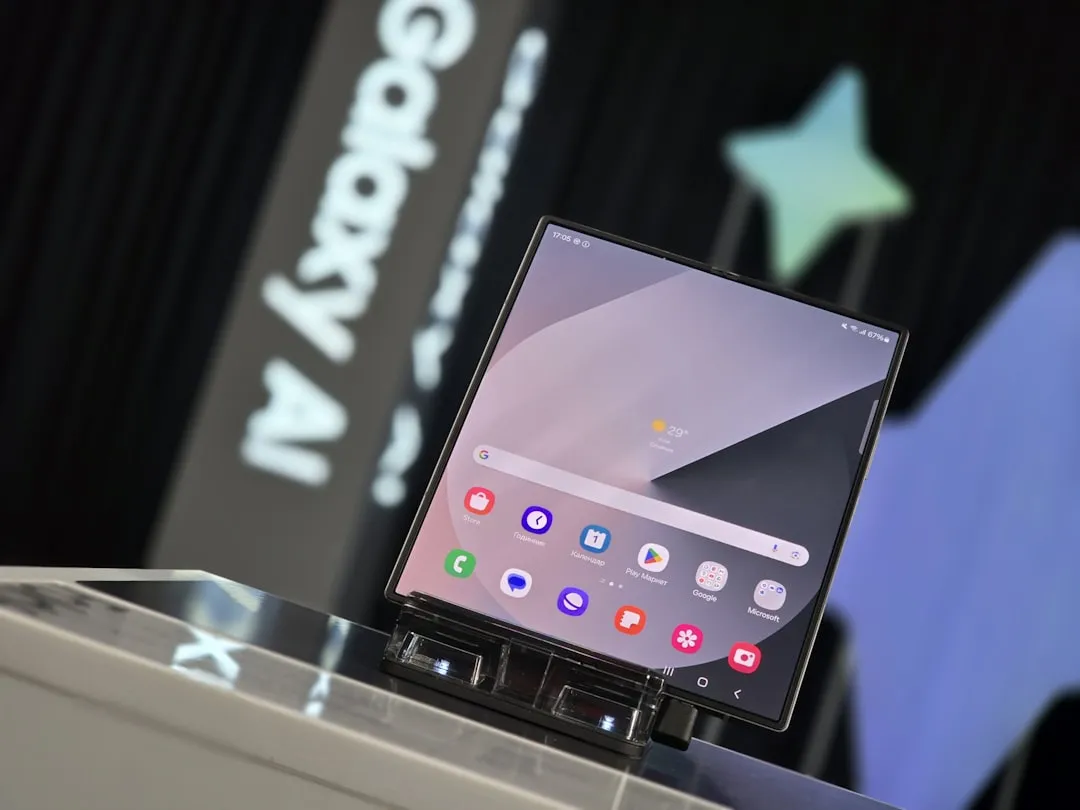
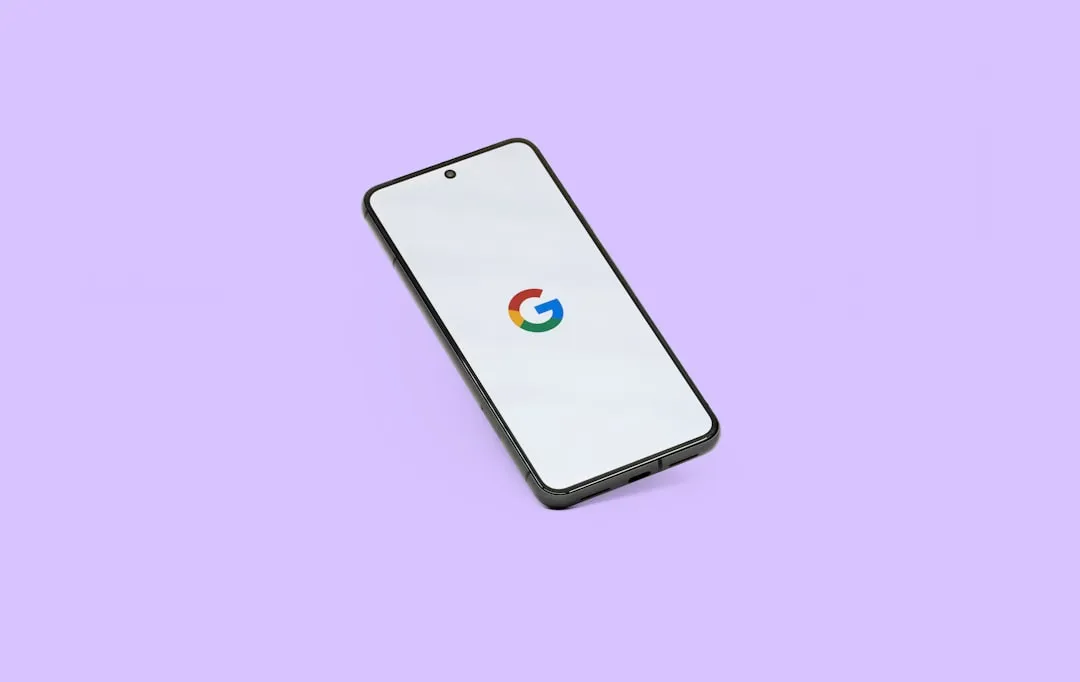


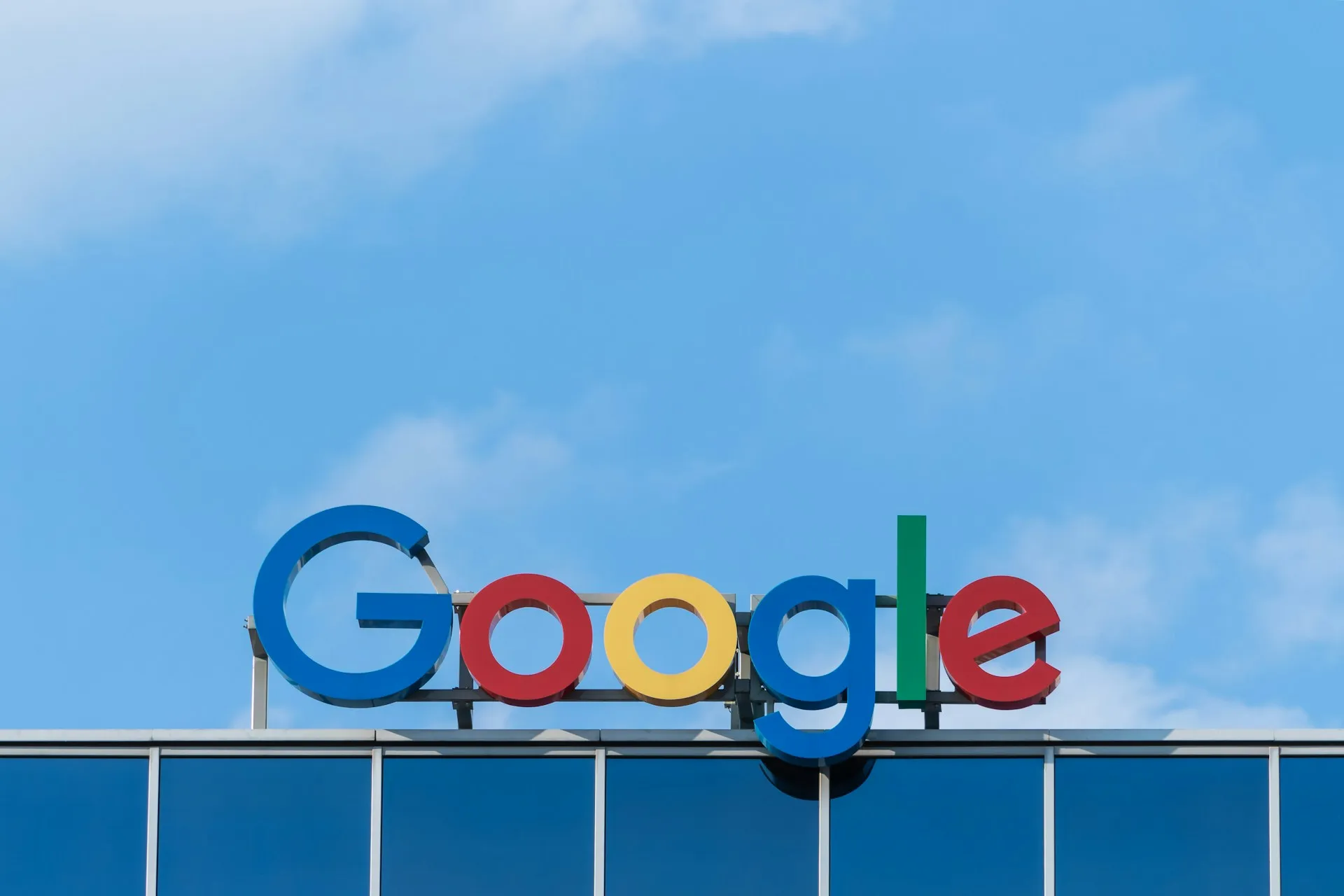
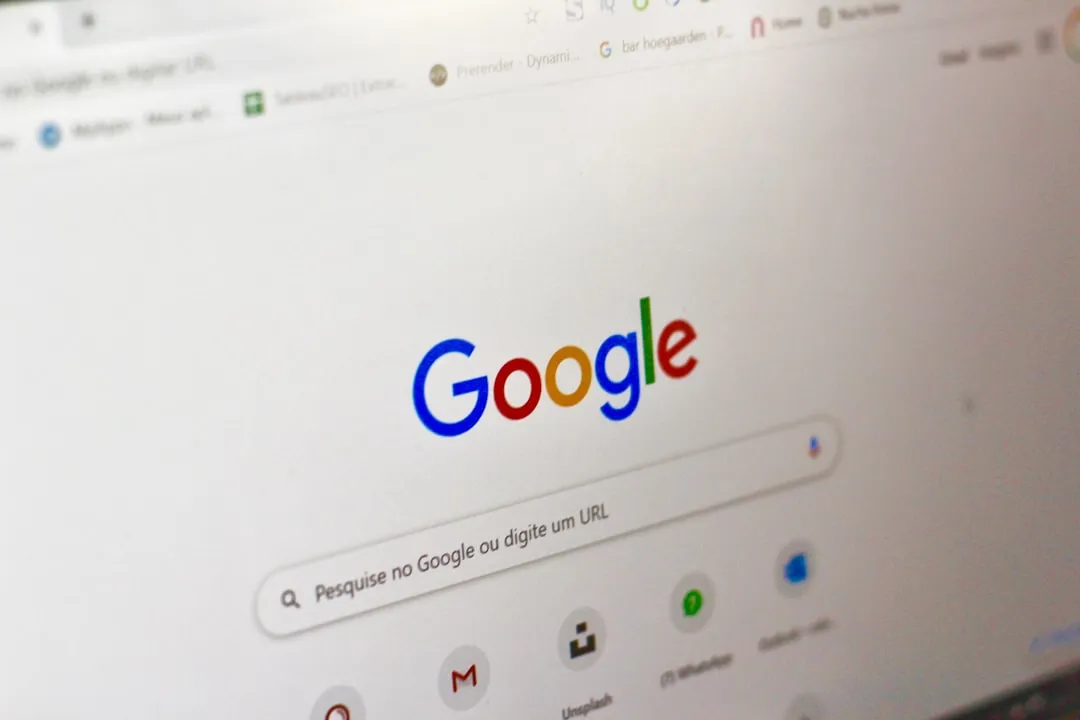



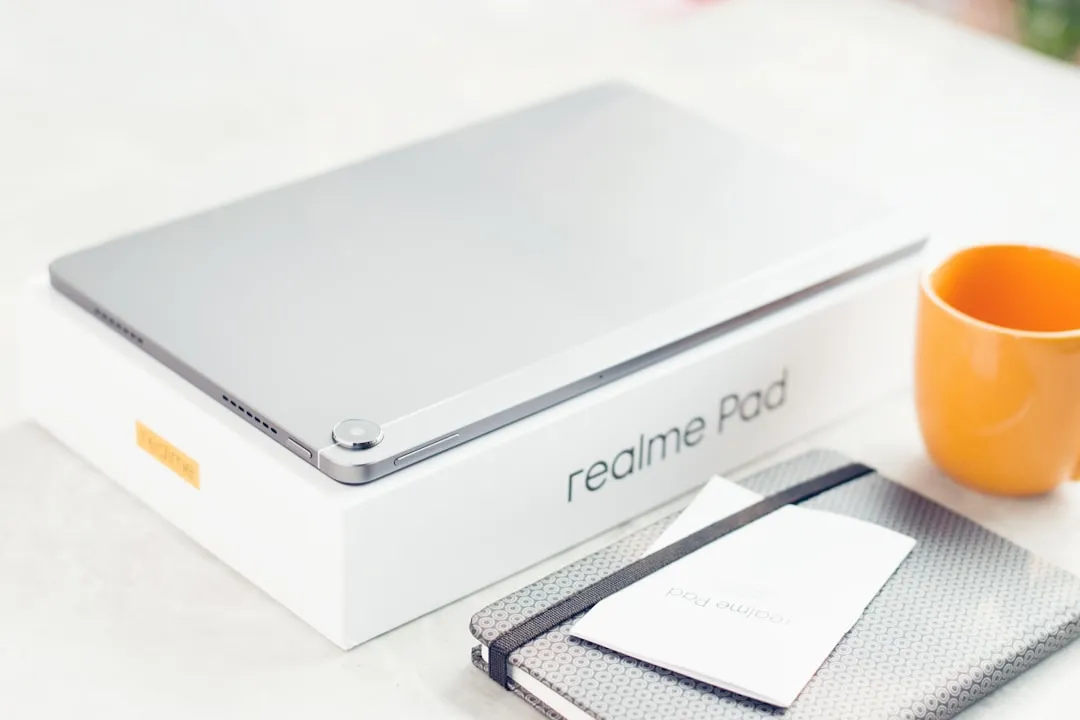


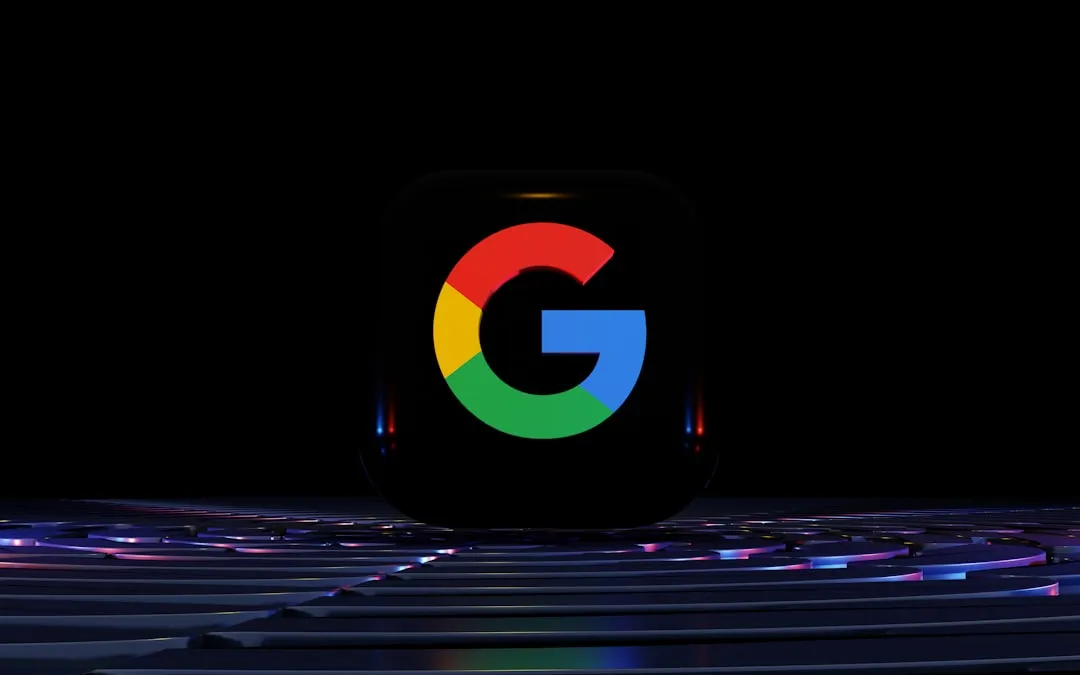
Comments
Be the first, drop a comment!